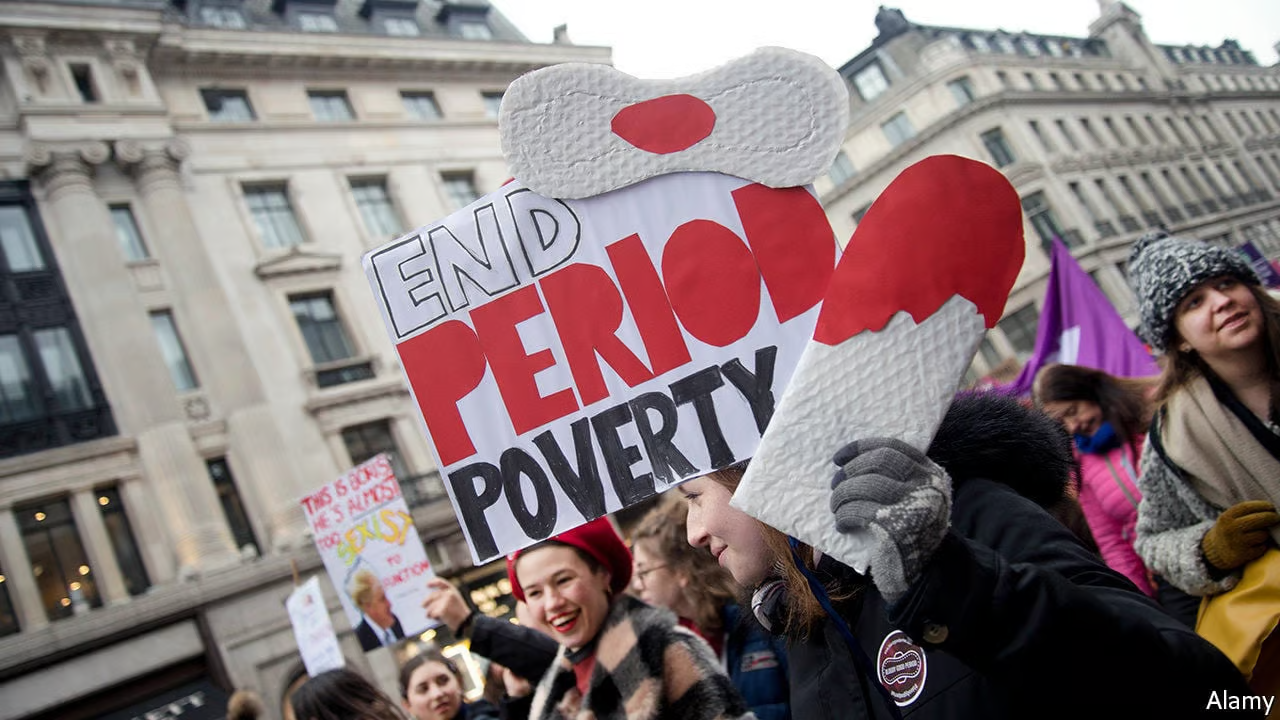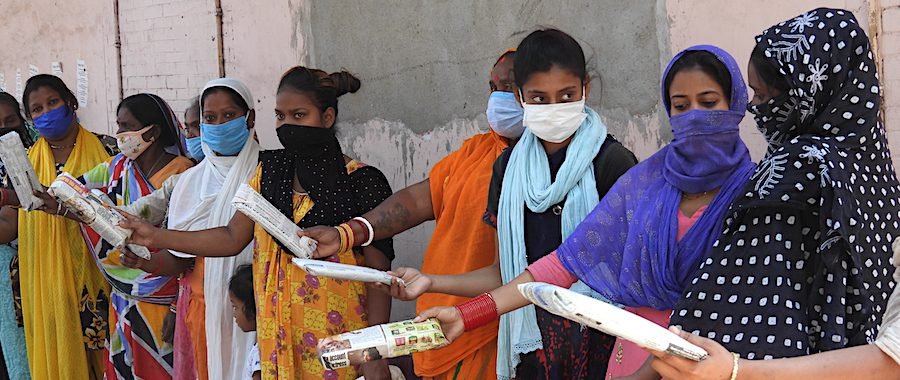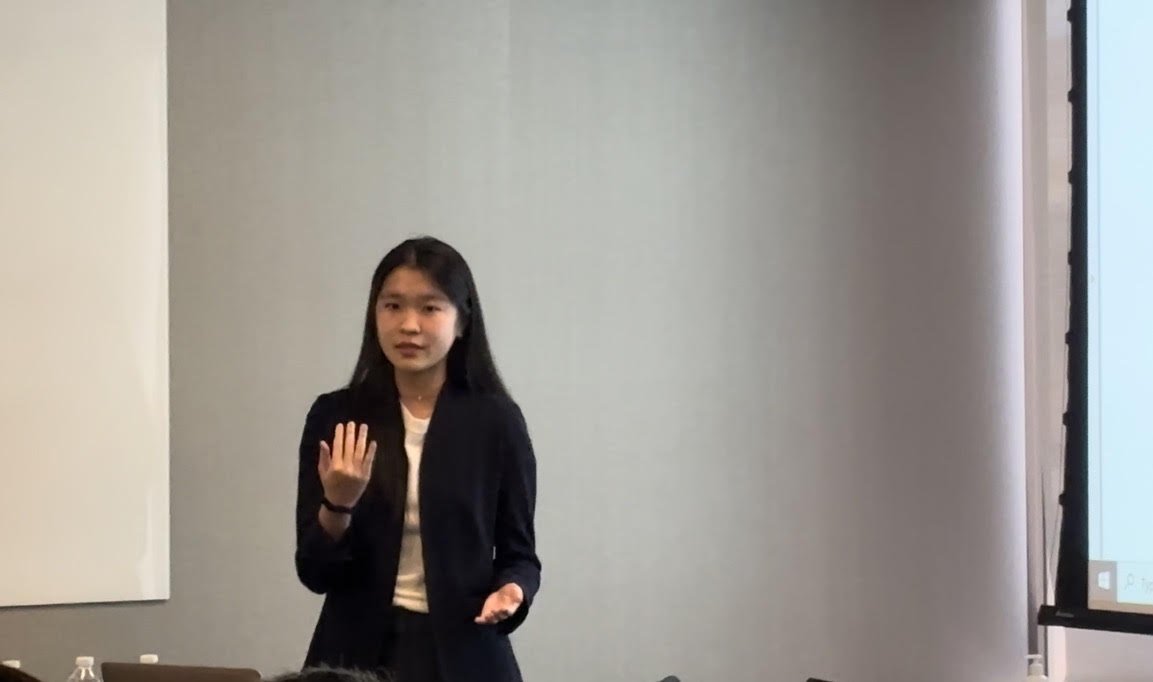
WHAT IS PERIOD POVERTY?

Justine Tioco, Former Director of Logistics 2023 - 2025
"Period poverty is an underlying issue within society that, unfortunately, does not get a lot of mainstream attention. It is a pressing social justice issue as poverty impacts over 1.8 billion people in the world, and as globally informed citizens' we have a duty to help those who require assistance.”
Emmly Lowe, Managing Director of the Board (Former Director of Media & IT 2023-2025)
"The stigma and shame behind periods are the reasons women feel so oppressed and insecure about their menstruation. WithME was founded on this core value, to battle the mortification behind this pressing issue."
LEARN
-
Menstruation is a natural process in which a woman's body sheds the lining of the uterus through vaginal bleeding. It's part of the menstrual cycle, usually occurring monthly, and is a sign of reproductive health in females.
-
Shame surrounding menstruation has roots in cultural, social, and historical factors. It's often linked to myths, taboos, and misconceptions about periods being dirty, impure, or a sign of weakness. Some societies have historically perpetuated these beliefs, leading to stigmatization and shame around something that's a natural bodily function.
-
Period poverty results from financial constraints, limited access to menstrual products and sanitation, cultural stigmas, and inadequate policies. It affects individuals who can't afford or access necessary menstrual hygiene products, face interdictions surrounding menstruation, and lack proper sanitation facilities or education.
-
Global initiatives are making strides against period poverty. Organizations like Period Equity and The Pad Project distribute menstrual products, while advocacy groups such as Menstrual Health Hub push for policy changes. Education-focused efforts by Days for Girls and The Menstrual Health Hub destigmatize menstruation and offer sustainable solutions. Innovations like reusable pads from The Flow Initiative aim to create affordable options, supported by global campaigns like Menstrual Hygiene Day and #FreePeriods advocating for awareness and action.
-
To help combat period poverty, you can donate menstrual products or funds to organizations, support initiatives advocating for policy changes, and spread awareness about the issue through conversations and social media. Volunteering time or skills for projects related to menstrual health, education, or distribution campaigns can make a significant impact. Additionally, advocating for better policies and infrastructure to ensure equitable access to menstrual products and education for all individuals can help eradicate period poverty and promote menstrual health equity.

Bibliography
Caitlin, Geng, and Yockey Katie. “What Is Period Poverty?” Medical News Today, September 16, 2021. https://www.medicalnewstoday.com/articles/period-poverty.
Canada, Global Affairs. “Government of Canada.” GAC, May 25, 2021. https://www.international.gc.ca/world-monde/stories-histoires/2021/menstrual-health-sante-menstruelle.aspx?lang=eng.
Jaafar, Hafiz, Suraya Yasmin Ismail, and Amirah Azzeri. “Period Poverty: A Neglected Public Health Issue.” Korean journal of family medicine, July 2023. https://www.ncbi.nlm.nih.gov/pmc/articles/PMC10372806/.
“Menstruation and Human Rights - Frequently Asked Questions.” United Nations Population Fund, January 1, 8913. https://www.unfpa.org/menstruationfaq.
Michel, Janet, Annette Mettler, Silvia Schönenberger, and Daniela Gunz. “Period Poverty: Why It Should Be Everybody’s Business: Published in Journal of Global Health Reports.” Journal of Global Health Reports, February 22, 2022. https://www.joghr.org/article/32436-period-poverty-why-it-should-be-everybody-s-business.
“Period Poverty in Canada and around the Globe.” Canadian Public Health Association | Association Canadienne de Santé Publique, June 25, 2019. https://www.cpha.ca/period-poverty-canada-and-around-globe.


